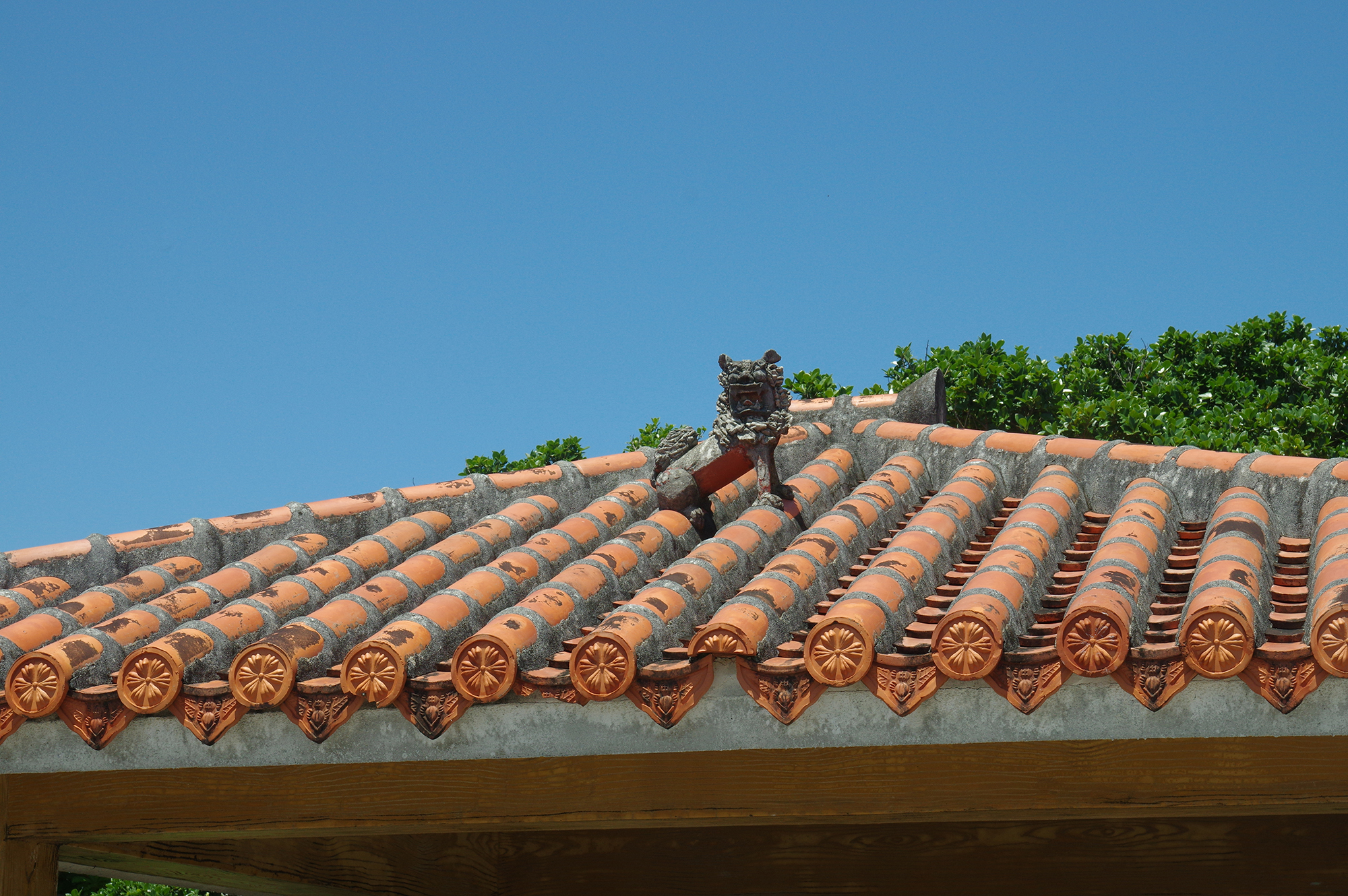- Información básica
- Lugares de interés y atracciones
- Acceso e información sobre la zona
- Mejor temporada para visitar
- Galería de fotos
- PREGUNTAS FRECUENTES
- Referencias
Información básica
Nombre: Mihari (御神渡)
Ubicación: Nagano Prefecture, Okaya City / Suwa City, Lake Suwa
Categoría: Natural Phenomenon / Lake
Características únicas: Mihari is a natural ice phenomenon occurring on Lake Suwa, characterized by intricate ice formations that create stunning sculptures, attracting countless photographers and nature enthusiasts each winter.
Lugares de interés y atracciones
Mihari showcases unique ice formations that break from the shore and float on the lake, making it a spectacular sight. Visitors can enjoy scenic views of distant mountains, partake in photography sessions during sunrise or sunset, and explore winter sports activities available in the vicinity.
Acceso e información sobre la zona
Cómo llegar: From Tokyo, take the JR Chuo Line to Shiojiri Station, then transfer to the JR Oito Line to reach Okaya or Suwa Station. Additionally, car travelers can access via the Chuo Expressway and follow the signs to Lake Suwa.
Información sobre el aparcamiento: Free parking is available near lakeside areas, but it can get crowded during peak ice formation seasons.
Atracciones cercanas: Explore Suwa Shrine, participate in hot springs at Suwa Onsen, or enjoy local delicacies at nearby restaurants.
Alojamiento: Recommended places to stay include traditional ryokans near Lake Suwa, hotels in Okaya, or guesthouses that offer a local experience.
Mejor temporada para visitar
Tiempo recomendado: The best months to visit are from late December to early February when Mihari is most commonly observed.
El clima: Winters are cold with temperatures often dropping to below freezing, creating perfect conditions for ice formation.
Consejos: Dress in layers, wear warm hats and gloves, and take waterproof gear if planning to walk near the ice formations.
Galería de fotos
Stunning images showcasing the Mihari formations, capturing the magical icy landscapes against the backdrop of snow-covered mountains.
PREGUNTAS FRECUENTES
Qué ponerse: Warm winter clothing, sturdy waterproof boots, and thermal layers are advisable to ensure comfort in cold weather.
Reglas y etiqueta: Respect the natural environment, avoid walking on thin ice areas, and maintain quietness to preserve tranquility for wildlife.
Consejos de seguridad: Always stay aware of your surroundings, carry a mobile phone for emergencies, and inform someone of your travel plans before venturing out.
Referencias
1. Suwa Lake – Shinshu Okaya Tourism Site
Suwa Lake – Shinshu Okaya Tourism Site
This site provides information about Suwa Lake, its location, and activities available around the lake.
2. Okaya City (Okaya City/Suwa Lake Area) | Introduction of Suwa’s Six Cities and Towns
Okaya City Introduction
This site introduces Okaya City, known for its beautiful scenery and traditional industries, as well as its proximity to Suwa Lake.
3. Suwa Lake – Wikipedia
Suwa Lake – Wikipedia
The Wikipedia page provides detailed information about Suwa Lake, including its history, ecology, and cultural significance.
4. Suwa Lake Tourism Guide (Nagano Prefecture Okaya City, Suwa City, Shimosuwa Town)
Suwa Lake Tourism Guide
This travel guide offers insights into the attractions and activities around Suwa Lake, making it a great resource for visitors.
These sites will help you learn more about the 御神渡 and the surrounding areas.
